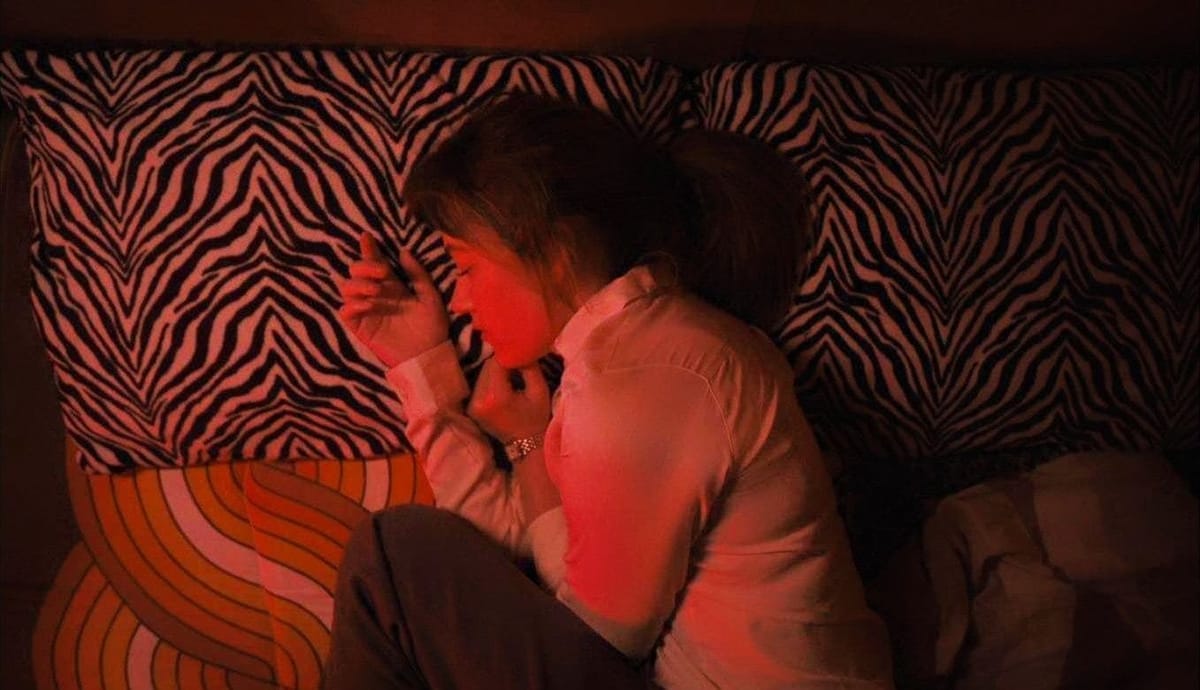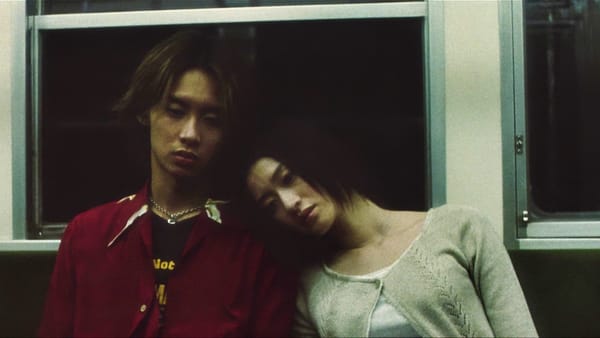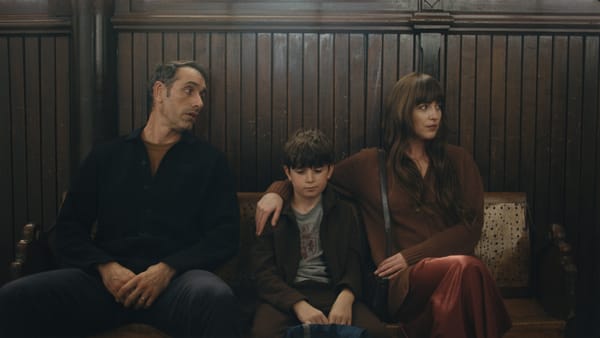‘Longlegs’ and the Haunting Power of Atmosphere

Some horror films grab you; Longlegs pulls you under.
In director Osgood Perkins’ latest, it’s not the plot that haunts you—it’s the immersive world he’s built: a dark, hypnotic landscape that feels as though it might swallow you whole.
The recent drop of the trailer for The Monkey, Perkins’ upcoming adaptation of Stephen King’s short story, stirred up memories of watching Longlegs and reminded me of just how deeply the film lodged itself in my psyche. If The Monkey carries even a fraction of the atmospheric weight of Longlegs, we’re in for another grim, unsettling ride.
But Longlegs itself is something special— and not only because it gives us an entirely new flavor of gonzo madness from the Ghost Rider himself, Nicholas Cage, in the title role. It’s one of those rare films that refuses to leave your brain, a work that should be part of the Oscar conversation, even if the Academy too often overlooks horror films, especially ones that defy conventional storytelling.

Why does Longlegs deserve Oscar attention? It’s not for a tidy narrative—critics have pointed out that the plot is loose, even bordering on nonsensical at times. But that’s exactly what gives it an unnerving edge. Longlegs unfolds its story, themes, and character arcs through mood and atmosphere, drawing us in with its dark, absorbing vibe rather than relying on traditional exposition.
The greatest films—the ones that stay with you long after the credits roll—aren’t always the ones that provide easy answers. They’re the ones that create a world so palpable, so rich with mood and texture, that you’re drawn into it as if you were breathing it in. And Longlegs achieves that in a way few films do.
Consider Alien (1979), one of cinema’s most iconic mood pieces. Director Ridley Scott didn’t simply tell a story about a crew in space; he created an environment so stifling and ominous that, by the third act, every sound, every shadow, became a threat. The vibes drove the narrative.
Longlegs operates in a similar space, but instead of the cold, metallic corridors of a spaceship, it offers wide, empty flat landscapes and dark, lonely rooms. It’s all atmosphere—an enveloping, slow-burn terror that grips you from the start and never releases.

And that’s where Perkins’ genius lies. He doesn’t need to spoon-feed us plot or over-explain his characters’ motivations. Instead, he builds a world where every element, from the visuals to the sound design, conspires to pull you deeper into its eerie embrace.
Take the sound design. It’s not just there to support the action—it’s a storytelling force. The creaking of doors, the whisper of paper shuffling, the shallow, panicked breaths of Mika Monroe’s Agent Harker—they don’t just underscore the tension, they are the tension. Each sound is so meticulously crafted that it feels as though it’s stalking you, as if the film itself is alive and creeping up behind you. In Longlegs, sound isn’t a tool, it’s a weapon. In a just world, that level of craftsmanship would get the film an Oscar nod for Best Sound.
But sound isn’t the only weapon in Perkins’ arsenal. The cinematography, by Andrés Arochi, is a masterclass in visual storytelling. Every frame of Longlegs feels like it’s telling its own tale, with Agent Harker often dwarfed by vast, shadowy spaces that evoke her isolation and vulnerability. It should be in the conversation for Best Cinematography.
Arochi’s framing, use of light, color and shadow is so precise, so haunting, that it becomes impossible not to get lost in its vibe.
But are vibes enough to make a film Oscar-worthy? In the case of Longlegs, absolutely. The sound, the cinematography, the way the film evokes unease with every shot—it’s all a testament to the power of cinema to make us feel, even when the story itself remains somewhat elusive.
Sometimes, the best films don’t lead you by the hand, they envelop you so completely that they become a part of you. At least for a while. And that’s what Longlegs does—it burrows under your skin and stays there.
In an industry that often rewards the familiar and formulaic, Longlegs stands out as a bold, atmospheric triumph. It deserves recognition, not just for its technical achievements, but for the way it reminds us that cinema is about more than story—it’s about creating a world, a mood, a feeling.





